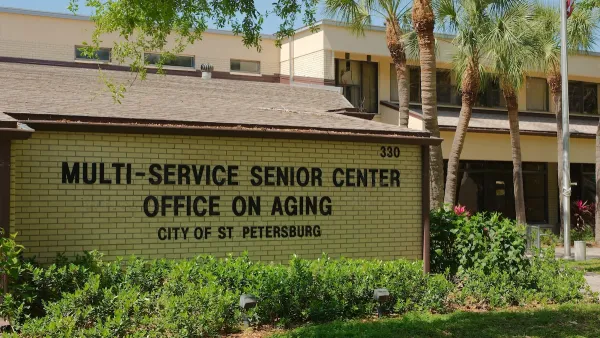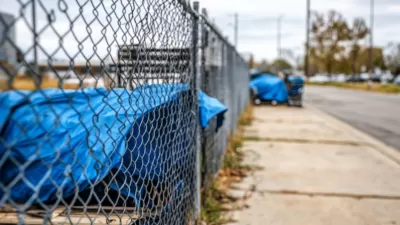On the land use spectrum, pop-up shops and homelessness operate at very different ends and from disparate positions of power. Ann Deslandes investigates the commonalities that bind them.
Sanctioned and celebrated, DIY (do-it-yourself) Urbanism such as pop-up shops and temporary studios are a response to the scarcity of accessible urban space. As is homelessness.
According to Deslandes, "DIY urbanists respond to the scarcity of urban space by opening it up to culture, community and the grassroots economy. The primary homeless demonstrate the scarcity of housing, social services and community resources in urban space by appearing in that space and using it for shelter and other necessities. So, whilst DIY urbanists and the primary homeless are responding to scarcity in very different orders, they share a reliance on marginal urban space."
Without providing solutions, Deslandes points out the relationship merely to bring it to the attention of those who control the means to address, "the conditions for achievement in an aggressively unequal society."
FULL STORY: What do pop-up shops and homelessness have in common?

Maui's Vacation Rental Debate Turns Ugly
Verbal attacks, misinformation campaigns and fistfights plague a high-stakes debate to convert thousands of vacation rentals into long-term housing.

Planetizen Federal Action Tracker
A weekly monitor of how Trump’s orders and actions are impacting planners and planning in America.

In Urban Planning, AI Prompting Could be the New Design Thinking
Creativity has long been key to great urban design. What if we see AI as our new creative partner?

Study: London Low-Traffic Neighborhoods See 35% Drop in Road Injuries
London’s effort to reduce speeds and limit vehicles in parts of the city are contributing to improved road safety.

Dorm-Style Housing: A Solution for DC’s Vacant Office Buildings
Adapting office buildings to dorm-style housing with shared spaces is a much more affordable option than repurposing offices into apartments.

Opinion: LOS has ‘No Redeeming Quality’
The commonly used Level of Service metric that grades intersections based on traffic speed rather than safety is a key contributor to dangerous roadways.
Urban Design for Planners 1: Software Tools
This six-course series explores essential urban design concepts using open source software and equips planners with the tools they need to participate fully in the urban design process.
Planning for Universal Design
Learn the tools for implementing Universal Design in planning regulations.
Gallatin County Department of Planning & Community Development
Heyer Gruel & Associates PA
JM Goldson LLC
Mpact (founded as Rail~Volution)
City of Camden Redevelopment Agency
City of Astoria
Jefferson Parish Government
Camden Redevelopment Agency
City of Claremont





























